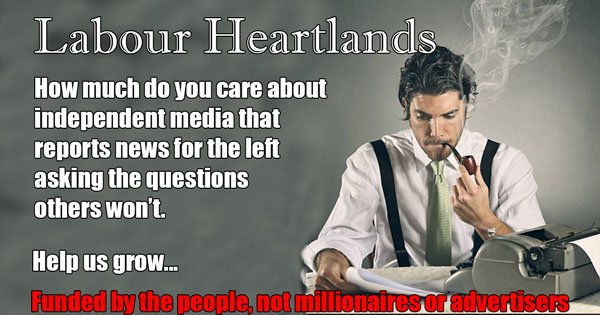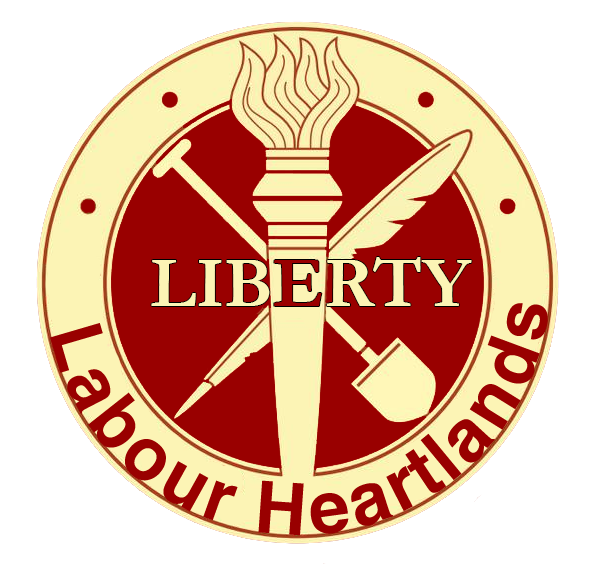As this phase of the Brexit process grinds towards its excruciating conclusion, mercifully, we might finally be about to learn what can command a majority among MPs in the House of Commons.
On Monday night, Members of Parliament indicated to Theresa May that they want to wrestle Brexit out of the government’s hands and take control of the process.
This means indicative votes on Wednesday, in which the Commons will likely coalesce around a softer version of Brexit. This could cause Leave-supporting MPs to be more forceful trying to hold the line on the result to leave the EU in what will become a push for a softer exit by the predominantly remain Parliament.
Brexit: What are indicative votes?
Indicative votes are where MPs vote on a series of options designed to test the will of Parliament to see what, if anything, commands a majority.
In the case of Brexit, supporters of indicative votes believe it could provide a way out of the current political stalemate.
How will it work?
Usually, the government has control over what happens day-to-day in Parliament, but on Monday evening MPs backed a proposal by a cross-party group of MPs, including Labour’s Hilary Benn and Conservative Sir Oliver Letwin, to take control of the timetable.
Under the cross-party plan, MPs can put forward their preferred Brexit plans this evening to Speaker John Bercow. Tomorrow he will select all or some of these options for debate.
MPs may be asked to consider whether any plan agreed by Parliament should be put back to the public in another referendum, or whether the UK should stop Brexit altogether by revoking its notification of Article 50.
Following a debate on the various options, at 7pm the Commons will be suspended for 30 minutes so MPs can vote on the each plan.
During the indicative votes, MPs will enter one of the division lobbies – the corridors in the House of Commons where votes are normally counted – and will receive a paper ballot.
They can vote “yes” or “no” on as many options as they are prepared to support.
The results will be announced by the Speaker later that evening.
After the results are in and options are narrowed, a second round of voting could also take place next Monday to find a single preference. It is unclear if the voting system will remain the same for this.
Among the possible ideas are:
- Leaving without a deal
- A Canada-style free-trade agreement backed by some Brexiteers and Labour Heartlands members.
- A customs union plan favoured by Labour
- A “softer” Brexit, sometimes called Common Market 2.0, which would keep the UK in the EU single market as well as the customs union
Would MPs be forced to vote a particular way?
Usually, MPs are instructed to vote with their party line (a process known as “whipping”) and they can face repercussions if they don’t.
But with indicative votes, MPs might be allowed “free votes” – where they can choose to vote as they wish – meaning the final outcome could be substantially different.
Government ministers have indicated free votes are likely.
Does it tie the government’s hands?
Any decision taken by indicative votes would not compel the government into pursuing that course of action, but would show what Parliament wants and where the most votes lie.
However, there is always a risk that either no single Brexit option secures a majority, or more than one does. If this happens then Parliament would still find itself deadlocked over Brexit.
If certain options such as Norway plus or another referendum are chosen and enacted by the government, it would require a longer extension to Article 50.
Theresa May has also warned that the votes could lead to an outcome which the EU would not agree to.
Have they happened before?
Yes. One occasion indicative votes were used was in 2003 when MPs were presented with seven different options on how to reform the House of Lords.
It produced exactly the deadlock some fear would be the case over Brexit as nothing was able to secure a majority.
This meant reforms were not passed and the status quo prevailed.
But haven’t MPs already voted on all the options?
MPs have had a number of opportunities to vote on different ways forward, and, as Mrs May has pointed out, they have “equally been rejected”. But these were all “whipped” votes and each proposal was taken in isolation, rather than side by side.
We already know that the majority of the Commons opposes a ‘clean break’ known as a no-deal Brexit – something the Leave supporters see as a preferable alternative to May’s deal. These indicative votes will likely show us that a majority of MPs also favour closer ties to Europe as a way forward.
The EU is also committed to avoiding a no deal and getting this mess sorted. At last week’s EU Council summit, 27 European leaders agreed to the UK’s request to extend article 50. But it did so via a dual-track extension, which gives the UK wiggle room to prevent a cliff edge.
The EU’s so-called “flextension” allows the UK the option of delaying Brexit day until May 22, but on the condition that the PM’s deal gets approved this week. If it doesn’t, then it’s not the end of the world: the government will have until April 12 to tell the EU what it wants to do next.
At this point, it’s hard to see any option other than taking the clean break of ‘no-deal’ on April 12 or requesting a longer, possibly years-long extension. This would mean the UK remaining in the EU for an extended period and standing in European elections on May 23. And that option, is already distasteful enough to the majority that voted to leave the EU three years ago, it could also open a path to a second referendum and the possibility of Brexit being cancelled altogether.
With few options realistically available, Leave supporting MPs need to think carefully.
Do they want to see MPs take control of Brexit and force through a version of Brexit they hate even more than May’s? Do they want to see Brexit delayed potentially for years?
Or can they hold their noses and, should May bring Meaningful Vote 3 back to the Commons this week, giving her the nod she’s been waiting months for?
Theresa May’s wounded Brexit deal is gasping for life. But so too is the dream of a clean break with Europe.
A final point: with Parliament currently united only on the fact that it wants something other than May’s deal and neither main party having a working Parliamentary majority, things beyond Brexit look murky. Traditionally, the only way out of such a deadlock is some kind of public vote. We might be closer to a general election than many realise.
#GeneralElectionNow
Sourced:
Wikipedia
CNN
BBC
Support Independent Journalism Today
Our unwavering dedication is to provide you with unbiased news, diverse perspectives, and insightful opinions. We're on a mission to ensure that those in positions of power are held accountable for their actions, but we can't do it alone. Labour Heartlands is primarily funded by me, Paul Knaggs, and by the generous contributions of readers like you. Your donations keep us going and help us uphold the principles of independent journalism. Join us in our quest for truth, transparency, and accountability – donate today and be a part of our mission!
Like everyone else, we're facing challenges, and we need your help to stay online and continue providing crucial journalism. Every contribution, no matter how small, goes a long way in helping us thrive. By becoming one of our donors, you become a vital part of our mission to uncover the truth and uphold the values of democracy.
While we maintain our independence from political affiliations, we stand united against corruption, injustice, and the erosion of free speech, truth, and democracy. We believe in the power of accurate information in a democracy, and we consider facts non-negotiable.
Your support, no matter the amount, can make a significant impact. Together, we can make a difference and continue our journey toward a more informed and just society.
Thank you for supporting Labour Heartlands









